Transportation Futures: Reflections on a Scenario Workshop in Churchill, Canada
By Philipp Budka*
What does the future hold for a remote community of about 900 people on Hudson Bay in Northern Manitoba, Canada? This question was constantly on my mind when doing ethnographic research for the ERC project InfraNorth in the town of Churchill. When I met with local residents to talk about their experiences with transportation and transport infrastructures, sooner or later we ended up talking about possible futures.
What would happen if the Port of Churchill, the only Arctic deep-water port directly linked to the North American railway system, closed for good? What would that mean for the Hudson Bay Railway, the town’s only overland connection, which is now under local ownership for the first time in history? How would life change if a road would be built to connect the community to southern centers? What would it mean if the airport primarily supported the tourism industry in the “Polar Bear Capital of the World”, rather than the transportation needs of local residents?
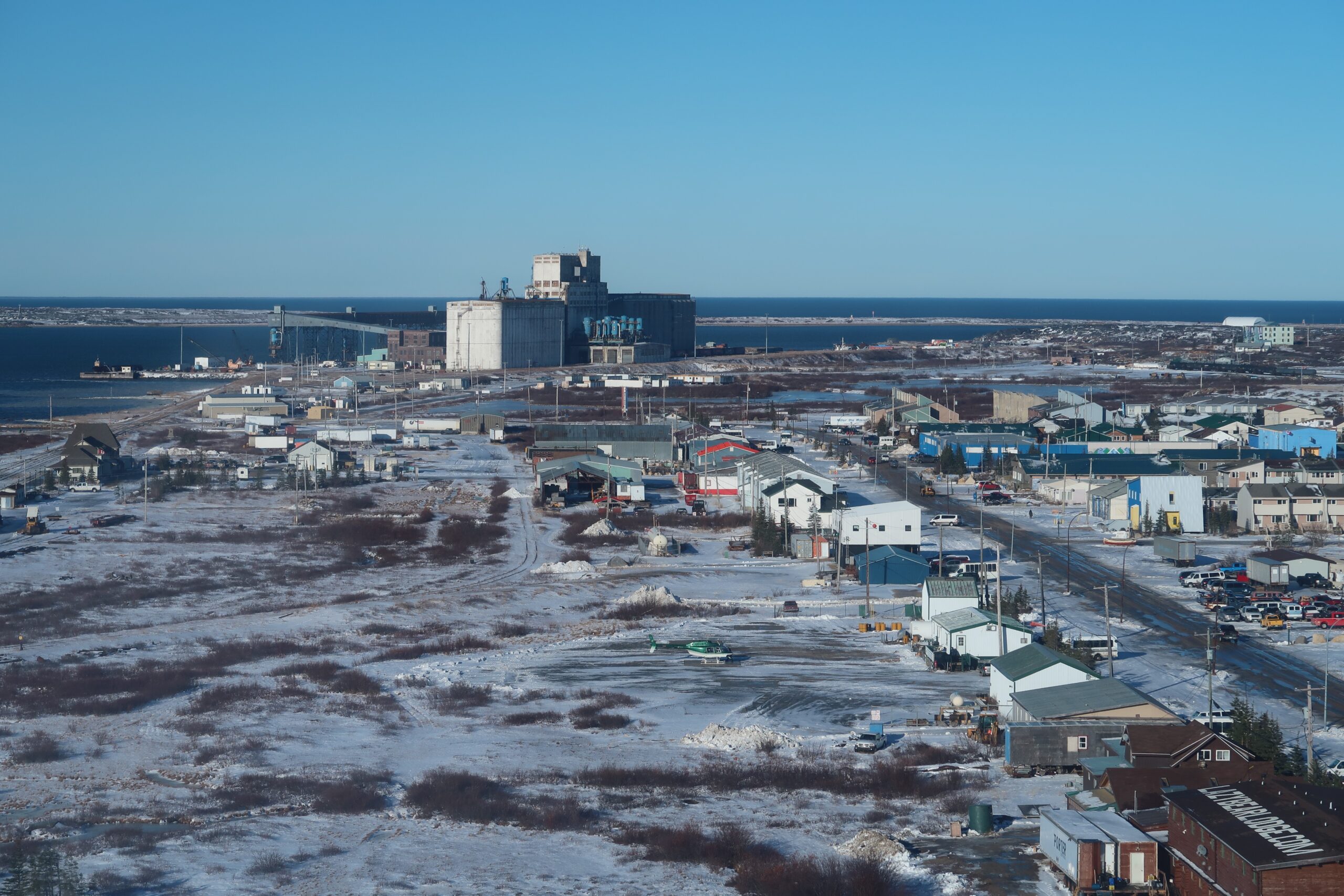
Context
To dive deeper into such questions and related issues, and to further explore discussions and discourses around possible futures, InfraNorth developed future scenarios related to transport infrastructure and community development in cooperation with the International Institute for Applied System Analysis (IIASA), in particular with Nikita Strelkovskii. These scenarios are the foundation for workshops which are organized at selected research sites. During these workshops, locals and transport professionals come together to discuss and assess possible and desired futures.
Churchill was one of the sites selected, and in August 2023 the InfraNorth team conducted the project’s first scenario workshop there. The workshop was organized with the support of the local facilitator Claudia Grill, who became one of my key research collaborators, and in partnership with the Town of Churchill (particularly Jessica Power and Jasmine Lundie), thus making the workshop a truly collaborative effort.
This blog post reflects on and summarizes the development, preparation, and structure of the scenario workshop in Churchill. The analytical findings of this event will be discussed in other texts.
Narratives and Visualizations
To develop relevant and plausible future scenarios for Churchill that can spark discussions among workshop participants, it was important to consider ethnographic data from my previous fieldwork as well as other expert input. Eventually, four scenario narratives were created that depict different transport-related futures for the community within a time frame of about 25 years. To support workshop discussions even further, these narratives were visualized by local artist Nickia McIvor and presented at the workshop in poster format, in addition to narrative format.
In the first future scenario, Churchill has become an extractive resource base. Pipelines transport oil and similar products to the port. Due to decreasing sea ice, the shipping season has been extended. Wildlife and tourism have declined. The overall population has increased, also because the military is back for geopolitical reasons.
In this second scenario, Churchill’s port has been upgraded and extended. The railway has been double-tracked and a road connects Churchill to the South. The tourist season has been extended and the airport is increasingly used. This has led more people to move to Churchill in search of work.
In the third scenario, Canada has issued a ban on the construction of new pipelines and mining sites. National parks have been extended and no-shipping zones have been established. Churchill’s main economic pillar has shifted towards sustainable ecotourism, giving priority to train travel. The overall population has declined and varies between tourist seasons.
In this fourth scenario, the climate crisis has worsened to the point where permafrost is rapidly thawing, and extreme weather events become more frequent. Wildlife and the tourism industry are gone. The railway has been destroyed and the port cannot be used. The population has declined, with only the returned military providing jobs.


Conducting the Scenario Workshop
In August 2023, I met with fellow InfraNorth team members Peter Schweitzer, Olga Povoroznyuk, and Katrin Schmid in Churchill to conduct the workshop. The event was divided into two parts: the first evening, one for the general public, and the following morning, one for transport professionals, such as employers of the regional airline or representatives of the tourism industry. Both parts were well attended and people enthusiastically discussed and assessed the four possible future scenarios.
Participants told us that the workshop allowed them to share thoughts with people they would usually not discuss with. One reason for this was that participants were randomly assigned to one of four discussion groups based on each scenario. After a couple of minutes, the groups moved to another table to discuss the next scenario. InfraNorth team members moderated the discussions while the whole workshop was chaired by the local facilitator Claudia Grill.
I was able to follow up on these discussions in interviews I conducted with some of the workshop participants over the next few days. What I realized was that the scenario workshop had opened a discursive space about Churchill’s transportation futures and the community’s development. The scenario workshop proved to be a valuable additional ethnographic tool in better understanding the infrastructural realities in Northern Manitoba.
In the first half of the workshop, the InfraNorth team presented scenarios for participants to discuss. In the second half of the event, people sketched and then shared their own desired futures: What they would like to see in the future for them, for the community of Churchill, and its transport infrastructures. This task resulted again in lively discussions and the generous sharing of personal thoughts and ideas.
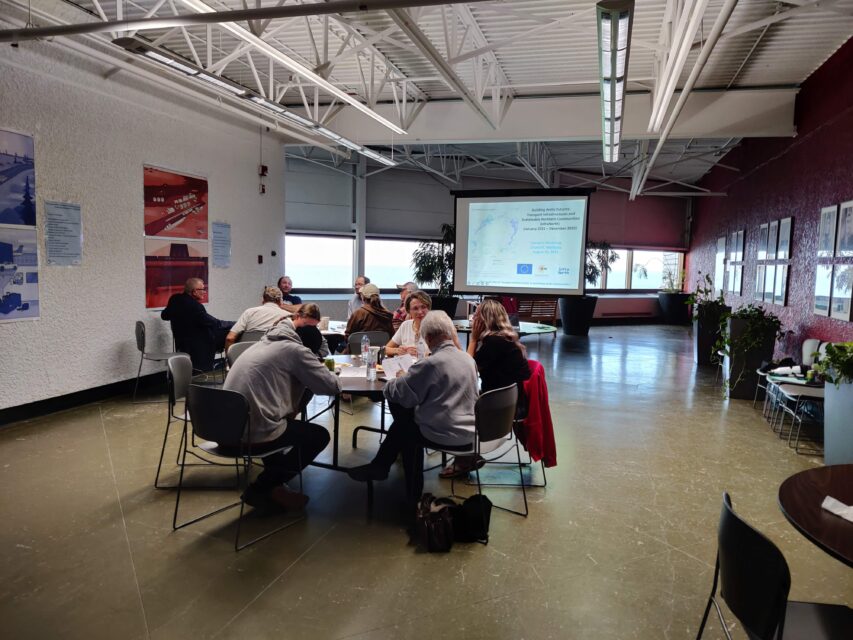
* Special thanks to Katrin Schmid and Peter Schweitzer for commenting on drafts of this blog post.
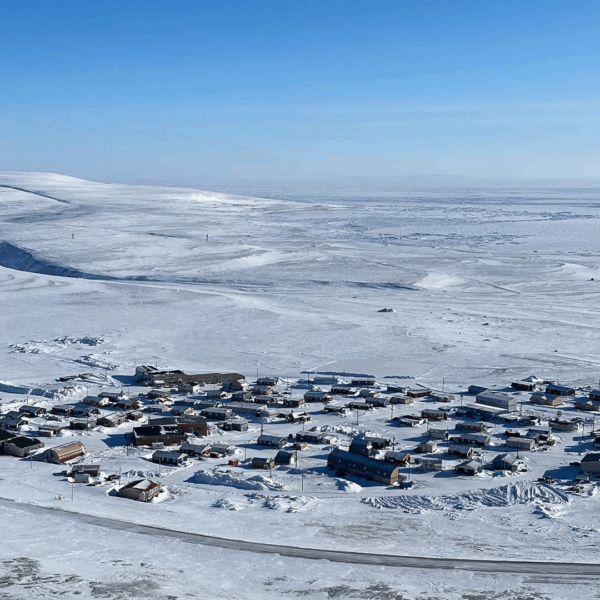
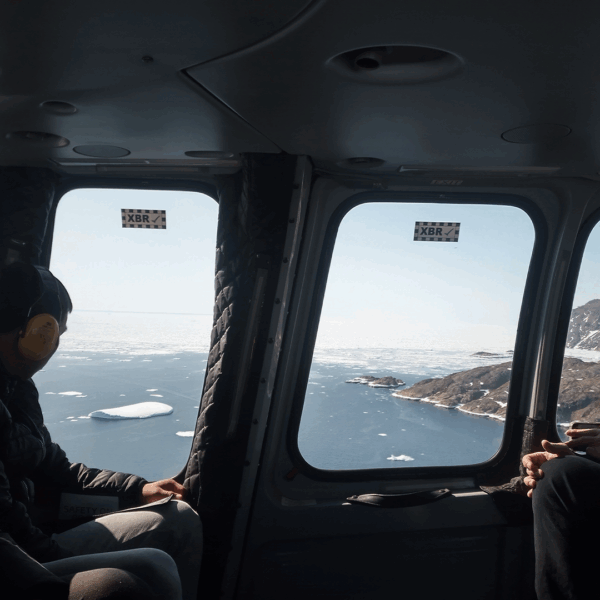
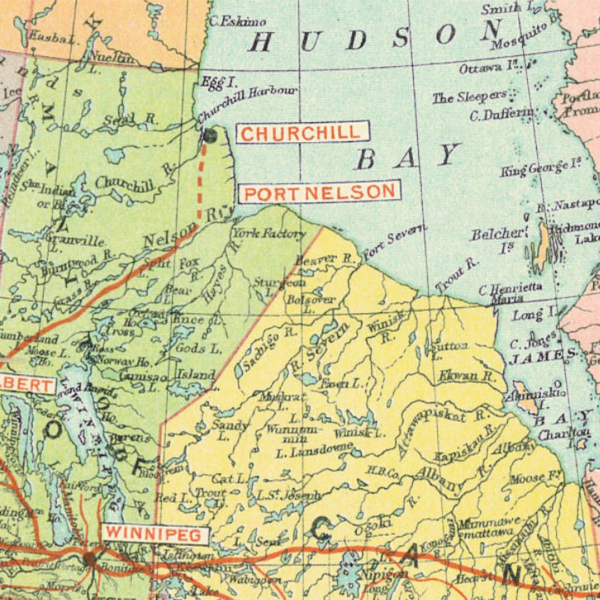



Please login to post a comment...